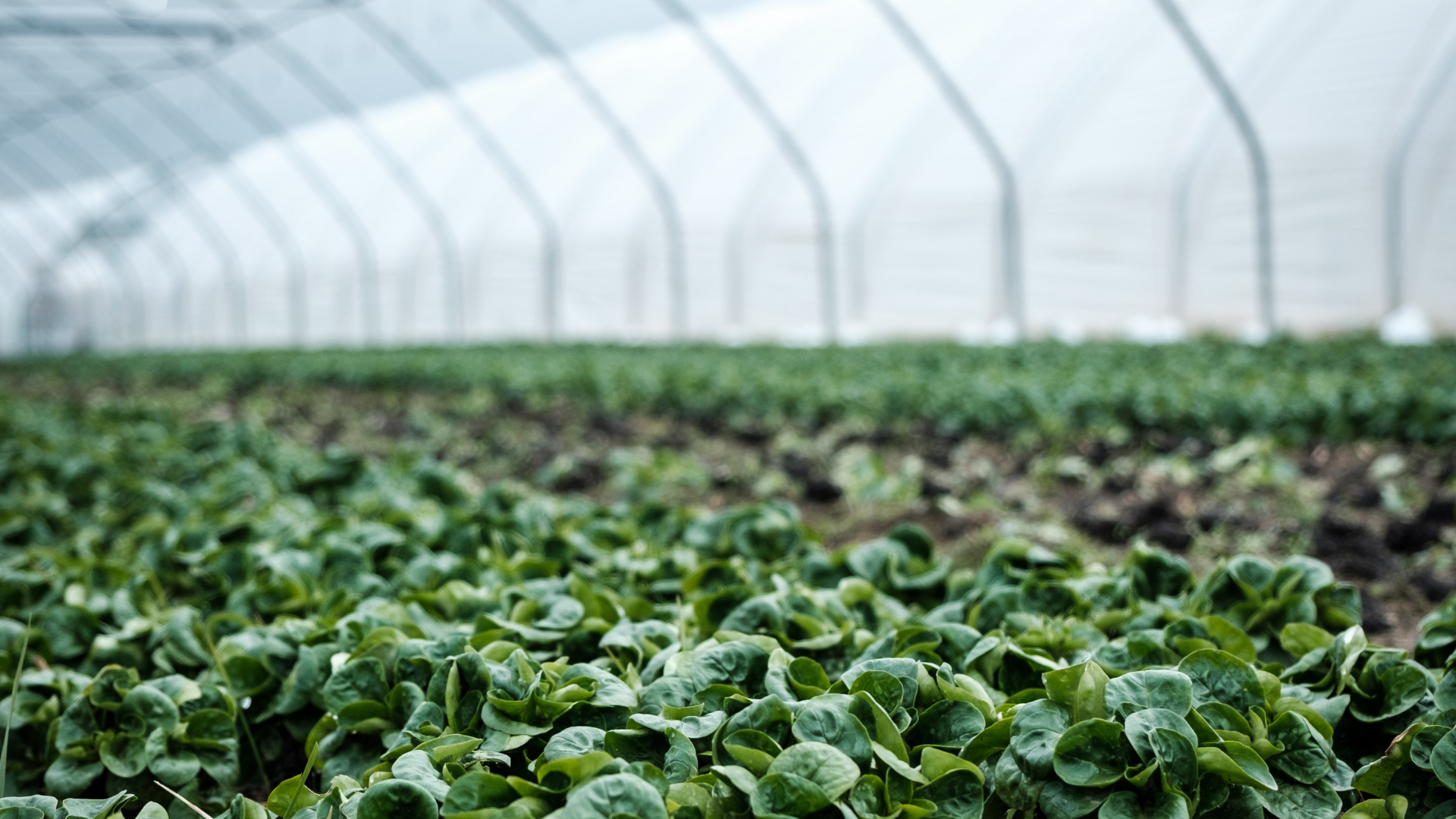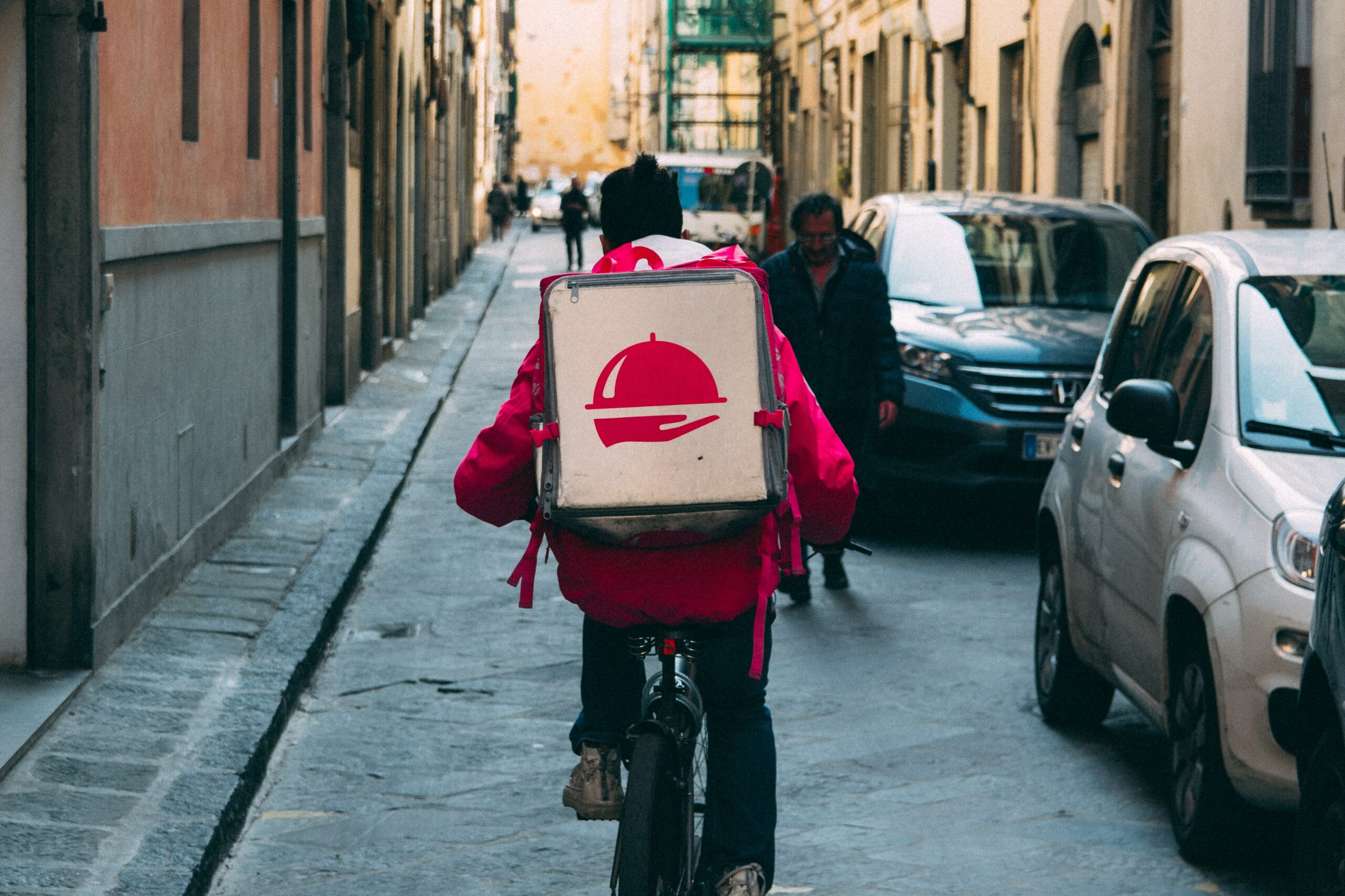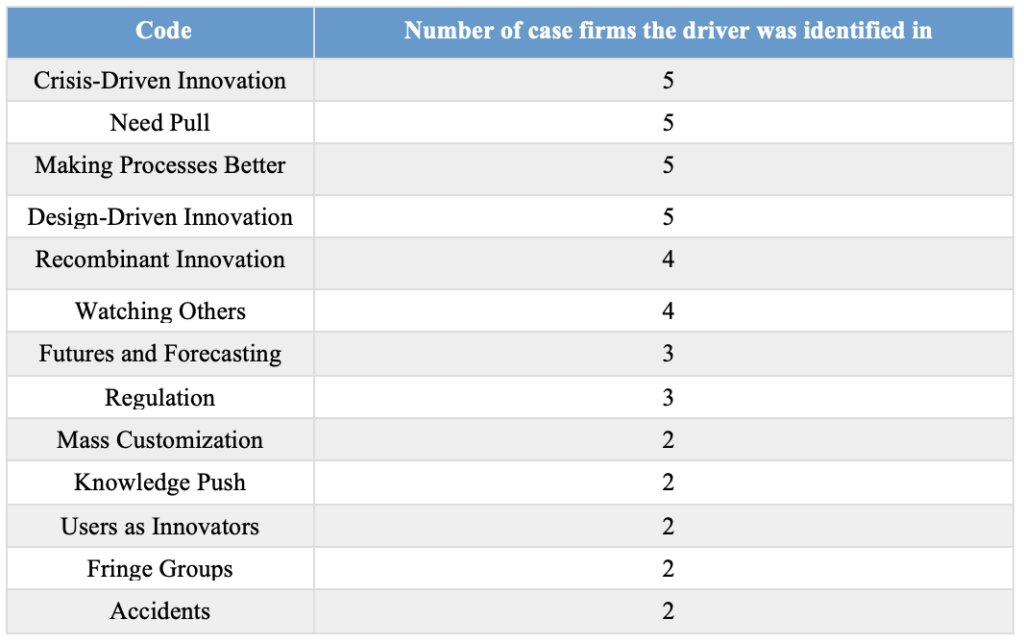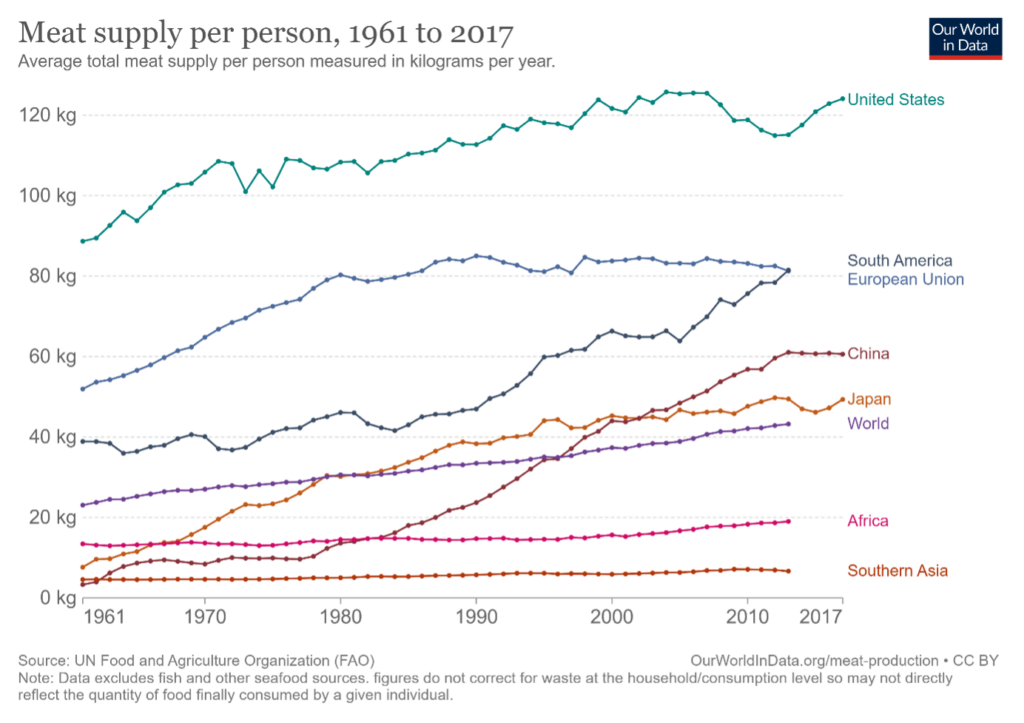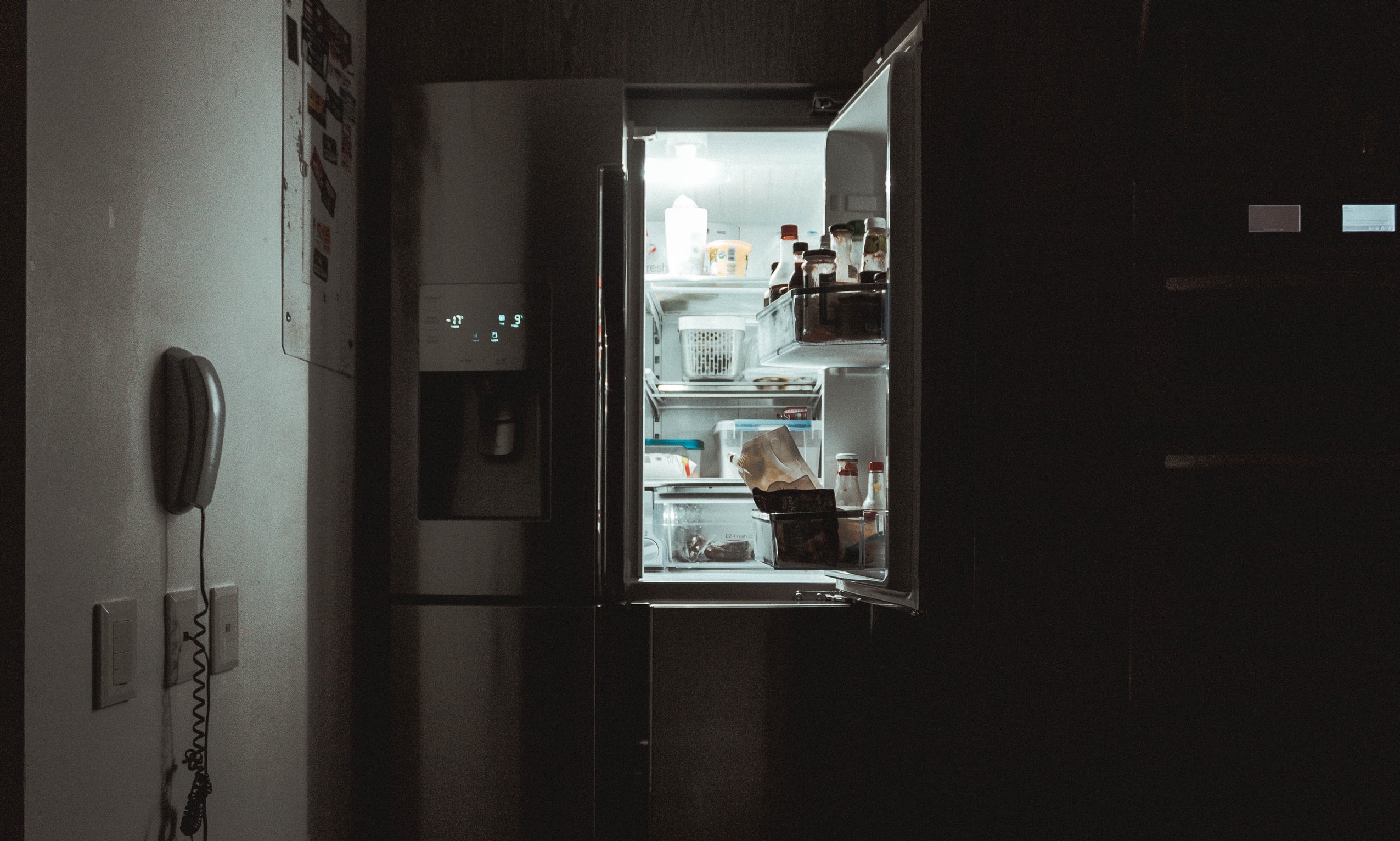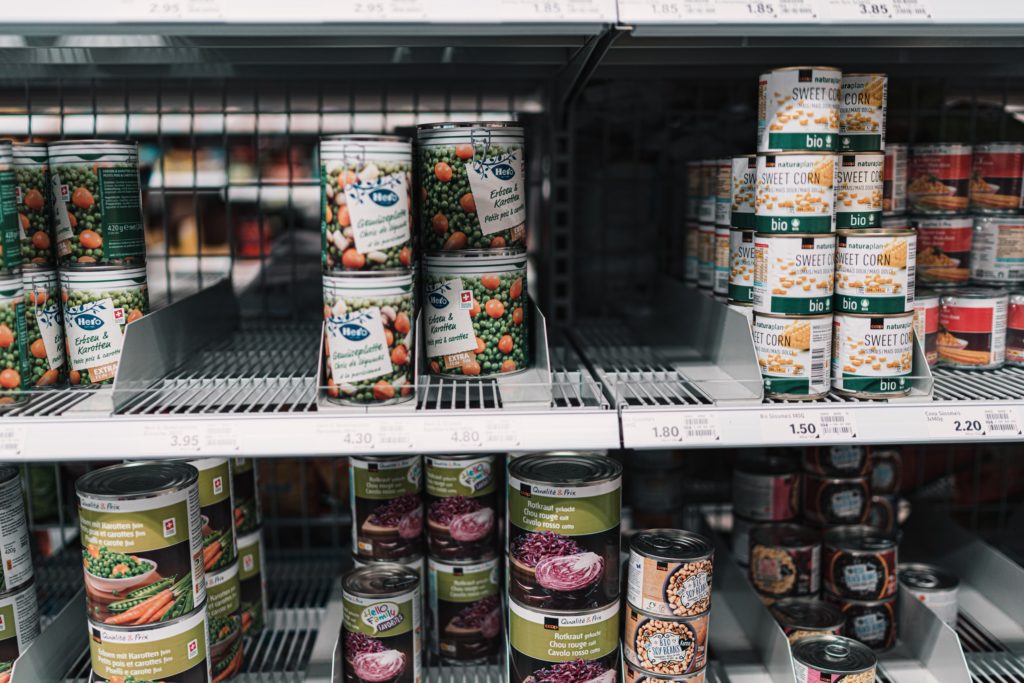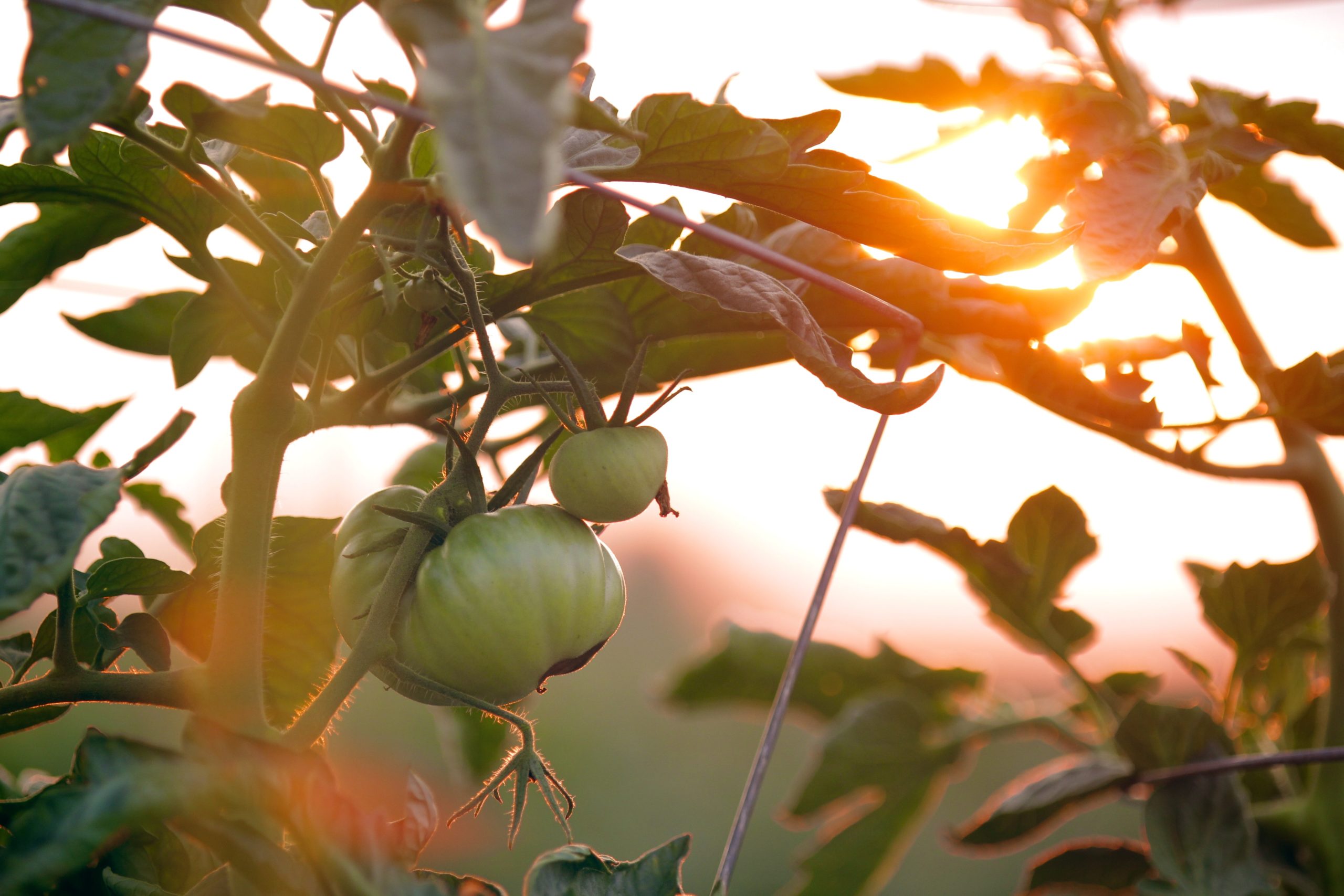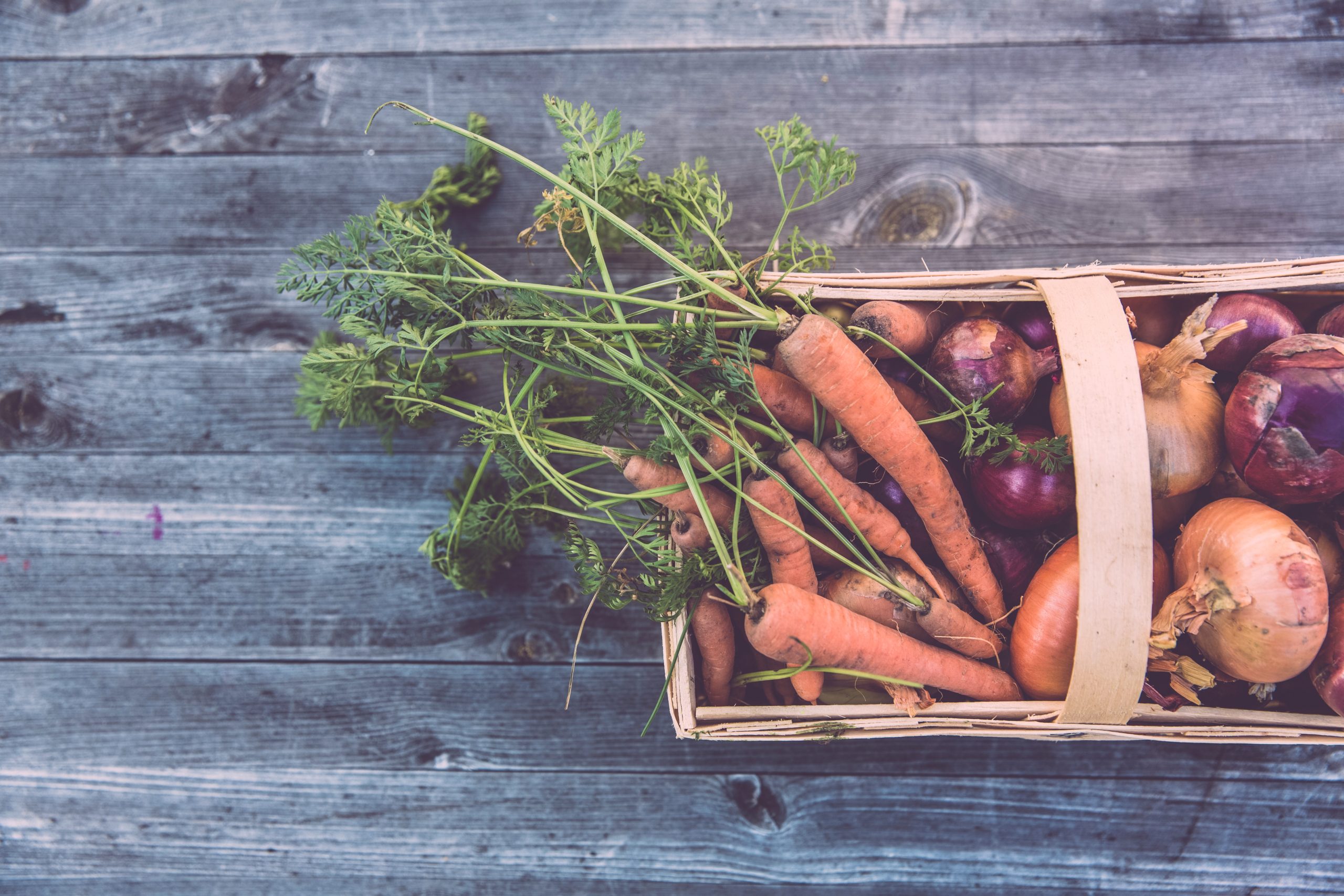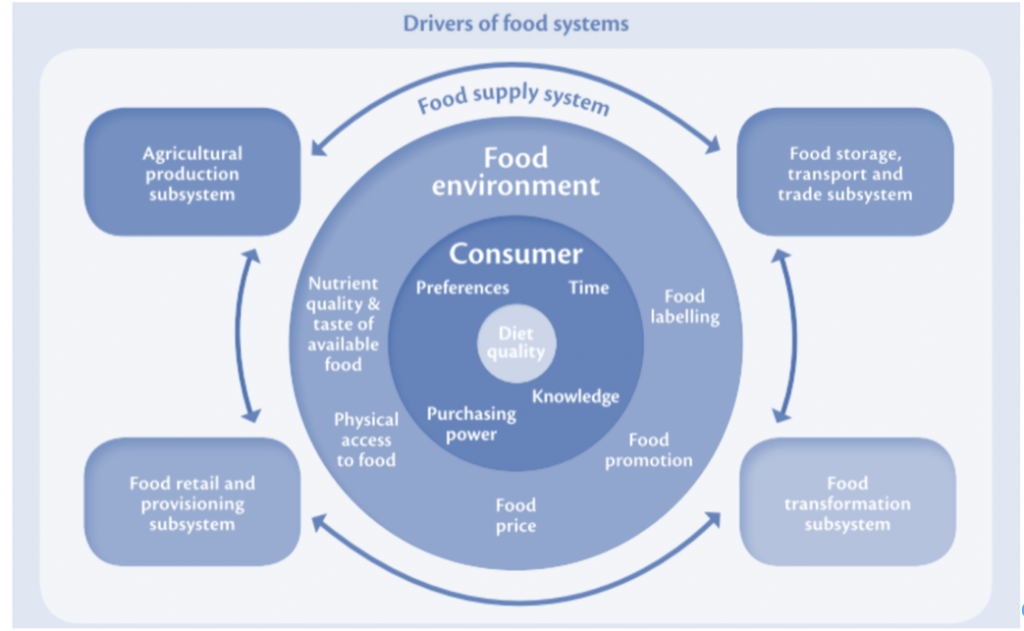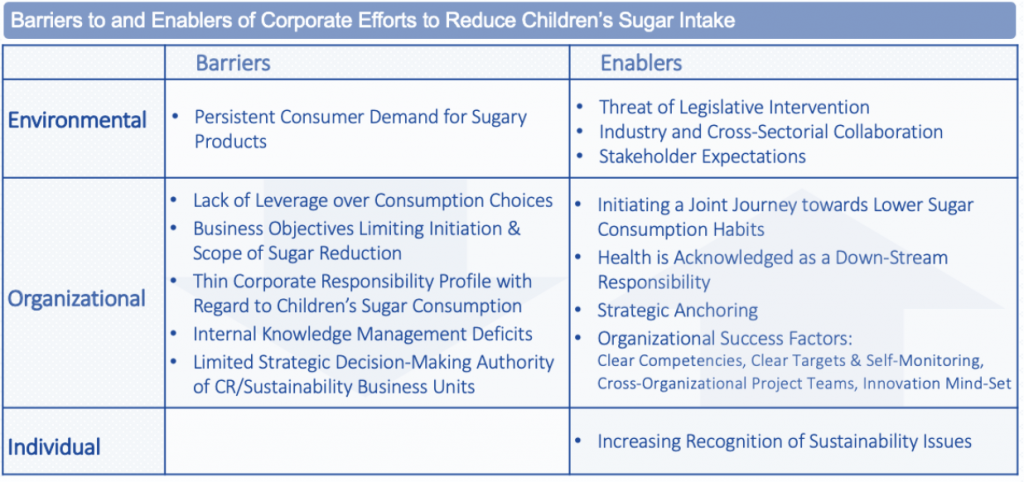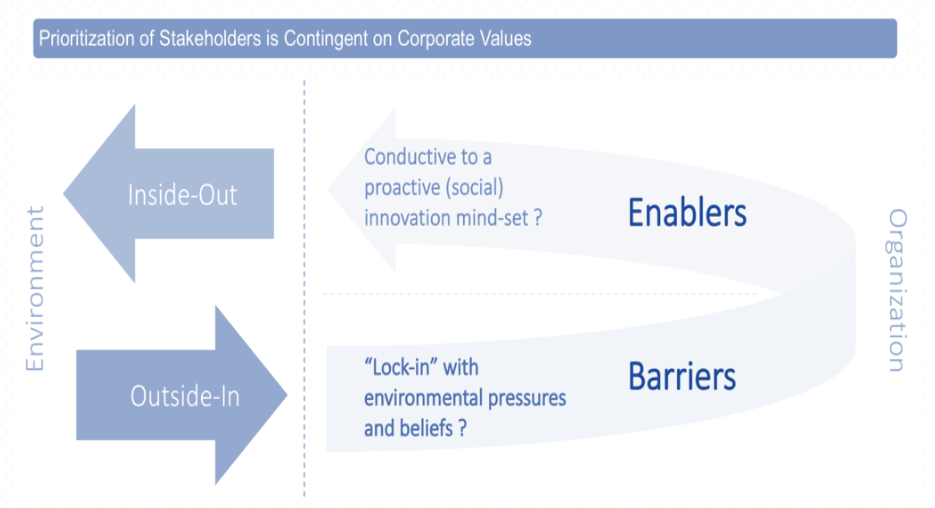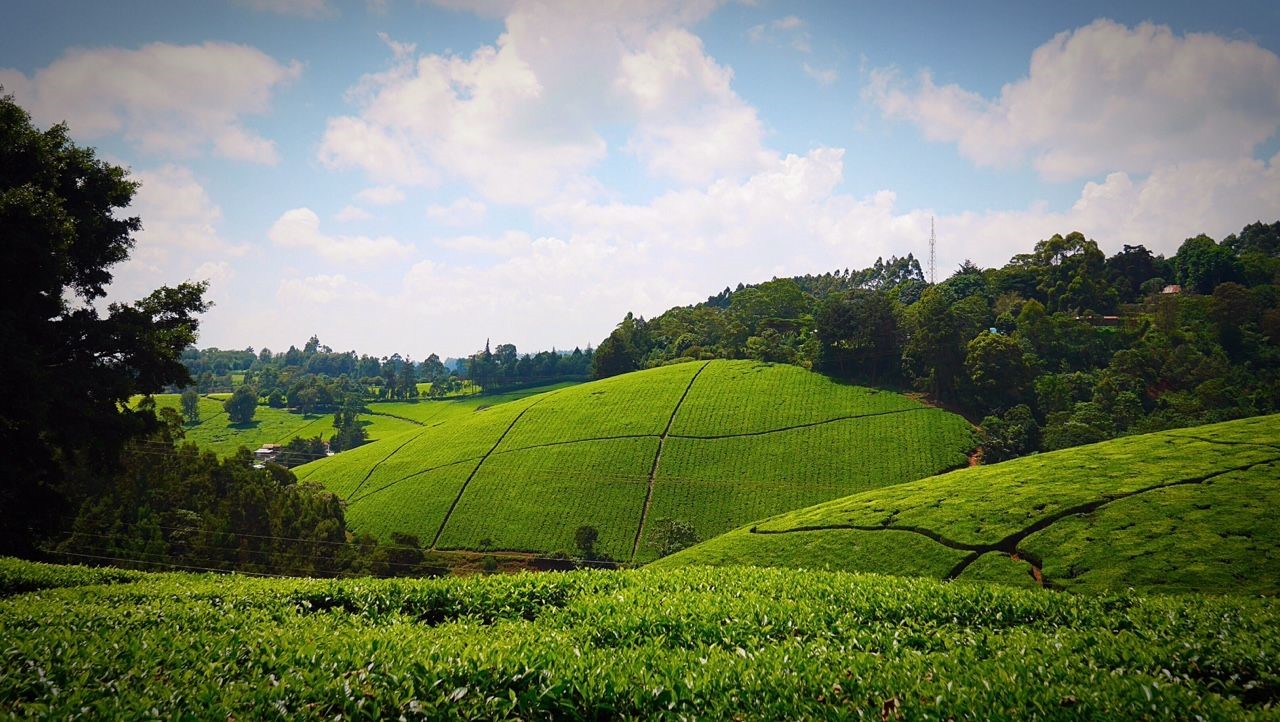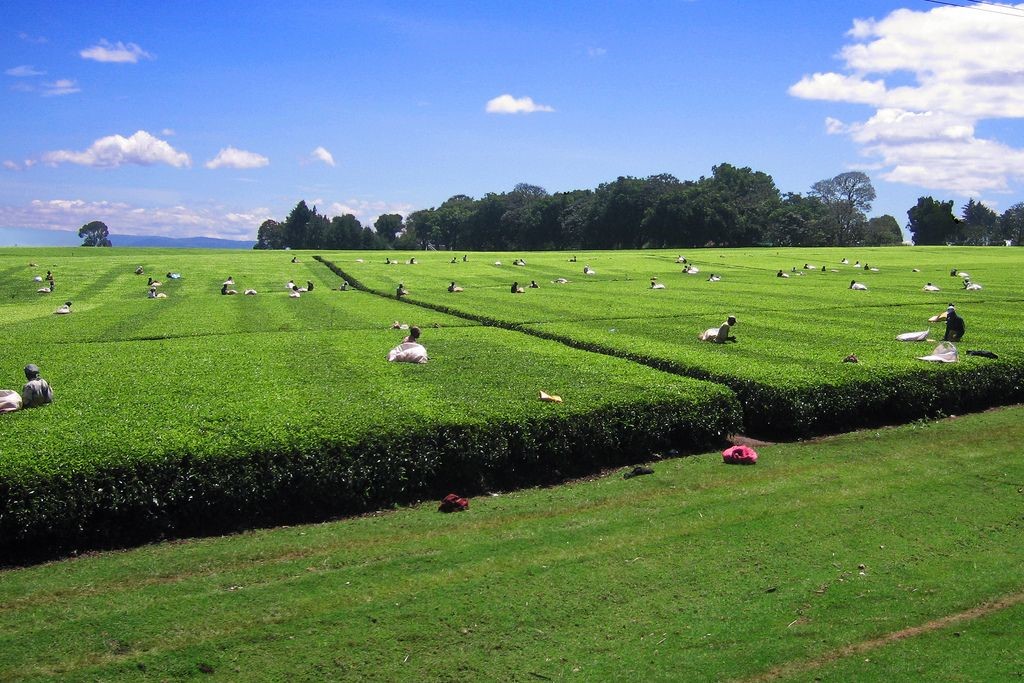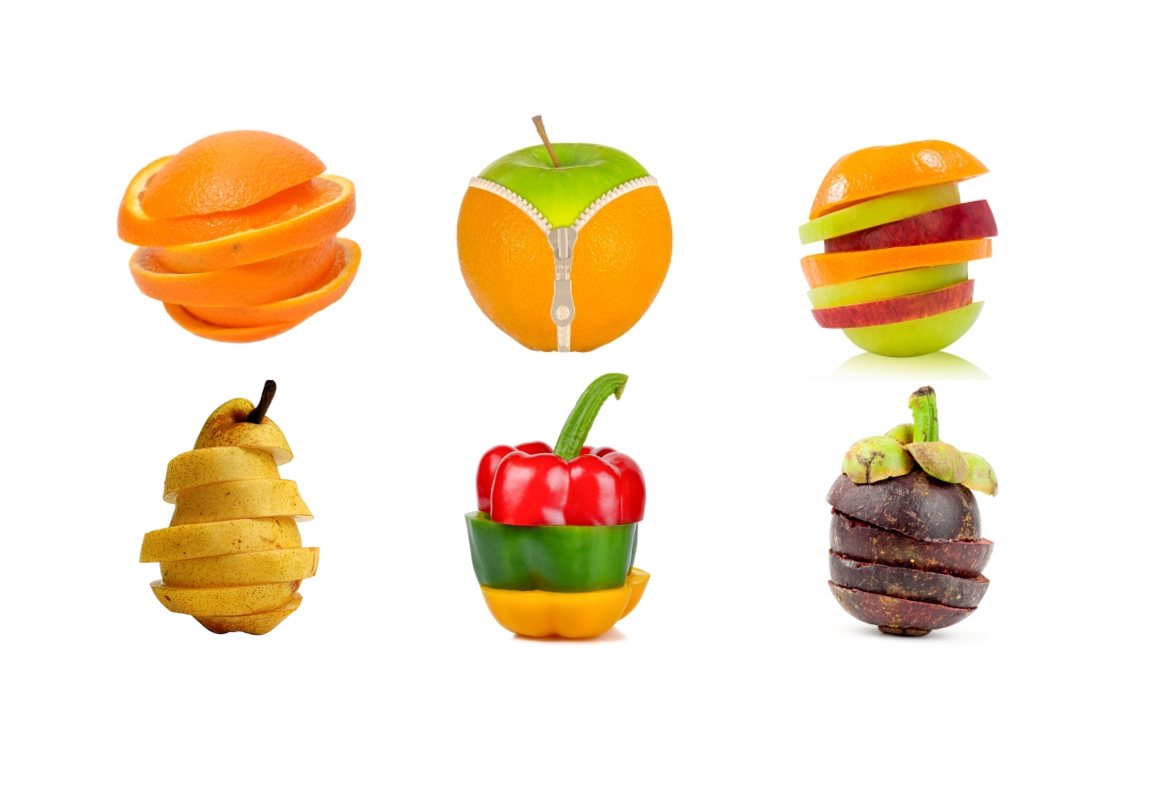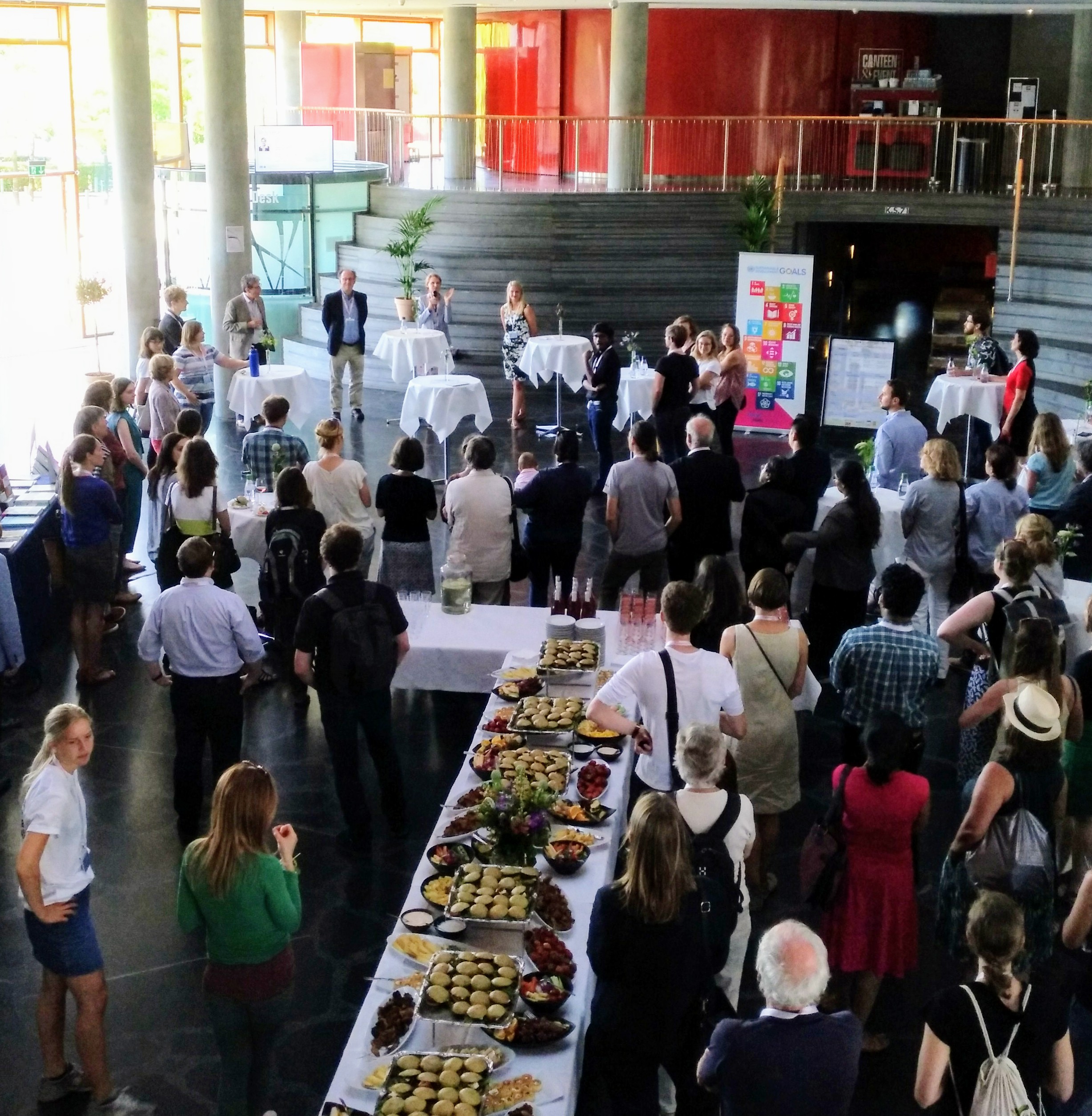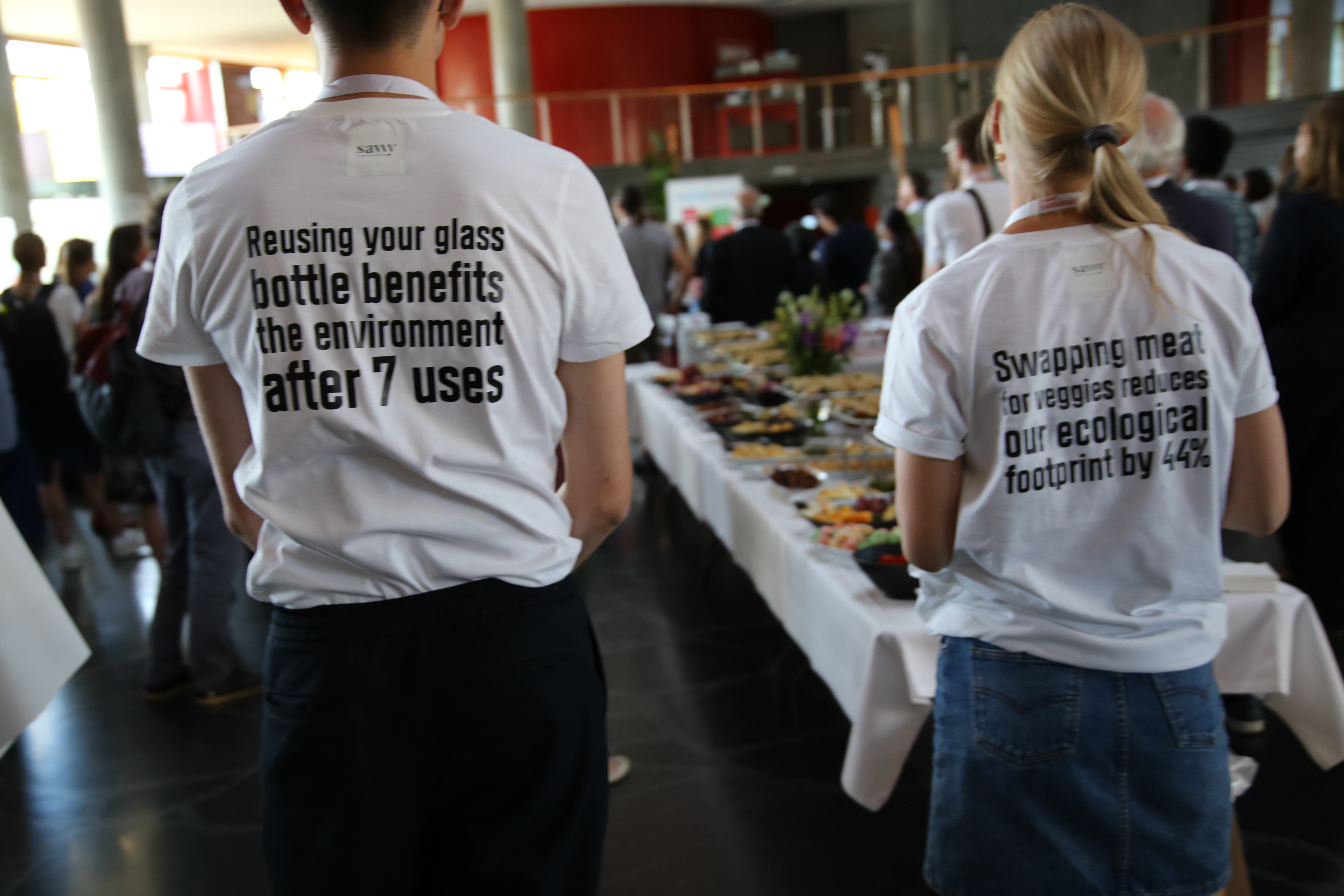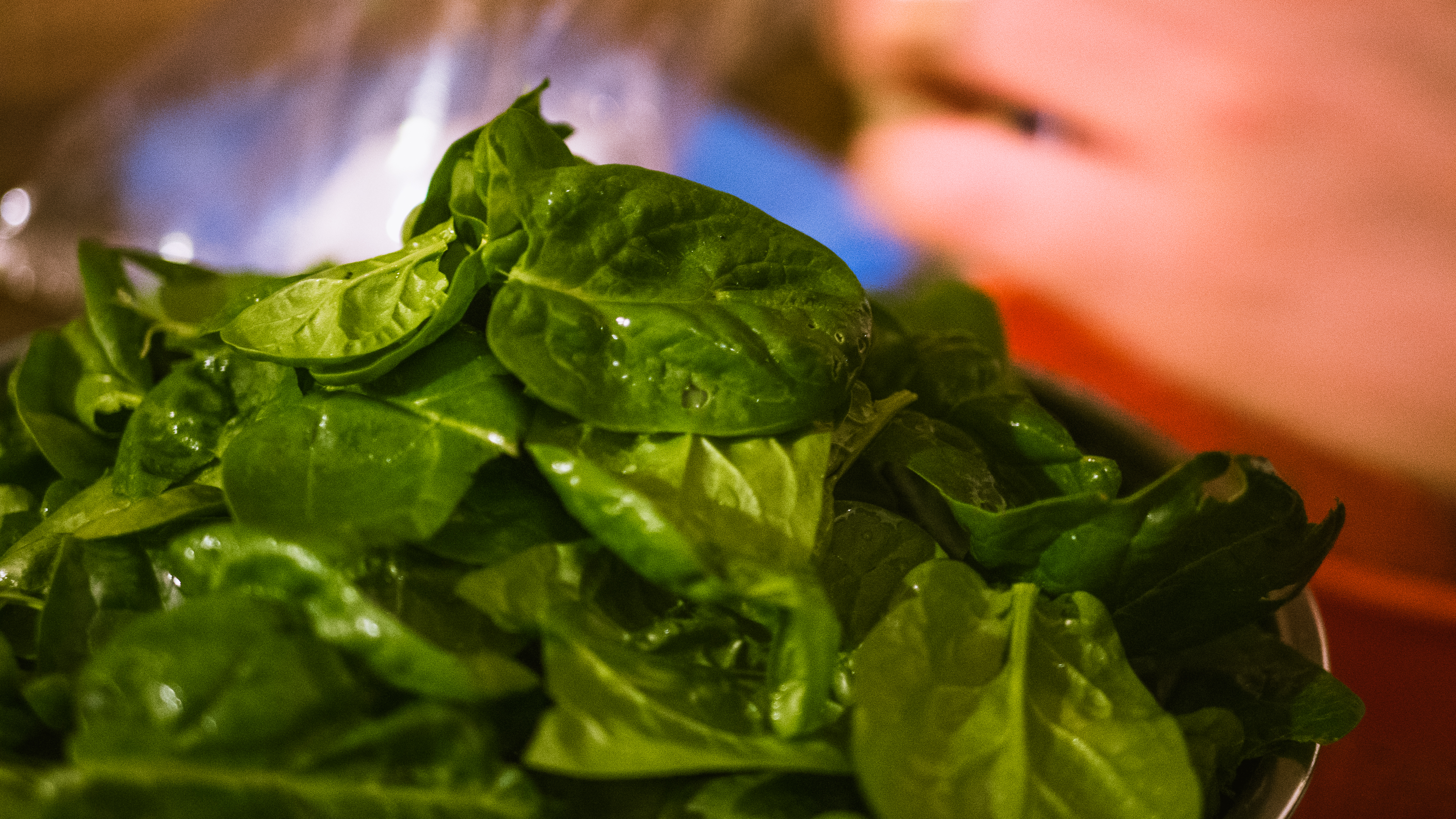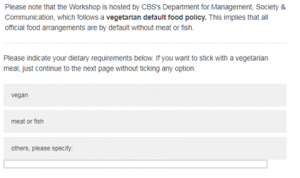By Bruna Carvalho and Lucia Reisch
◦ 4 min read ◦
The Sixth IPCC Assessment Report warns that crops are more frequently lost due to extreme weather conditions than ever before. At the same time, communities across the globe are facing increased – and in many cases acute – food insecurity.
Feedback loops in food production may increase future food insecurities
While suffering the consequences of climate change, our food systems also act as major contributors to it by accounting for one-third of the global greenhouse gas (GHG) emissions caused by human activity. This potentially creates a feedback loop where food production increases GHG emission, which in turn accelerates climate change leading to more extreme weather events that threaten and damage crops, reducing food availably and increasing food insecurity, which increases demand for food production and takes us back to increased food GHG emission stemming from food systems. Something like the diagram below:

This is, of course, a snippet of much more complex food systems of provision out there. A full assessment of these systems would consider other elements such as biodiversity, water use, mass production and small scale agriculture, health and nutrition, culture, local, regional, and global scale systems, to mention a few.
The chain of actions and reactions shown in the diagram are what we call a feedback loop, where elements of a system interact, amplifying or dampening each other’s effects. This may sound complicated but becomes easier to grasp through examples. Referring once more to the diagram above, it is easy to see how producing more (+) food could lead to increased (+) GHG emissions, while enduring more (+) extreme weather events could damage crops and reduce (-) the availability of food. This is useful when analysing complex systems and especially handy when it comes to developing solutions that can disrupt a link in the system hence leveraging change towards a desired state.
Mainstream food systems are designed to operate in positive feedback loops – and that’s not positive
As illustrated in our diagram, the current mainstream food system is designed to operate in a positive feedback loop, where the word positive (unfortunately) does not mean something nice or beneficial, but instead that the relationships within the loop (and possibly the whole system) create a snowball effect. This is certainly not what we want. To go in the direction of operating within the planetary boundaries, we must work on the links that offer the most leverage for change (preferably with the least use of resources), and ideally operate only with bounded trade-offs.
A previous BoS article on the importance of food systems for building resilient societies highlighted two major behavioural changes that substantially mitigate greenhouse gas emissions from food systems: avoiding food waste and dietary shifts to plant-based nutrition, which can be leveraged by individual choice.
“Because individual choices are the basis of any healthy and sustainable food system, understanding and influencing consumer behaviour is a promising route to achieving sustainability, resilience, and healthfulness of our food systems and society generally”.
In this sense, we envision that nudging people into making more environmentally friendly food choices will lower “GHG emission” stemming from food systems and will have a beneficial impact on the other elements with which it interacts due to the nature of feedback loops and systems.
The BEACON project explores pathways to shift to a sustainable food system
But how can we move consumer-citizens towards more sustainable diets and reduced food waste? Moreover, how can we design a more resilient food system and food environment? These are the questions we seek to answer in partnership with the City of Copenhagen through the BEACON Project (funded by the Novo Nordisk Foundation). Here, we work in connection with actors who directly and indirectly shape the city’s food environments to employ interventions in real-life settings, which we expect will enhance the experiments’ validity, yield useful results, and increase engagement and “buy-in”. By finding the answers to these questions, we expect to contribute to developing pathways for change and to harnessing and advancing behavioural insights (nudges) that can inform people-centric food and health public policies as well as mitigation efforts by the private sector. We also expect our findings to apply to other systems of provision beyond food.
Developing a circular society
Ultimately, we aim at further developing the concept of a circular society, which builds on the concept of circular economy but is more far-reaching. Circular societies consider less material forms of value creation, are sustainable, just, resilient, deliver social wellbeing within the planetary boundaries and operate in a balanced state among the biosphere, the sociosphere, and the technosphere (Figure 2).

Given that societies are collectively built, our ambitious goals can only be achieved through open dialogue and collaborative work with practitioners, policymakers, researchers and civil society. If you would like to contribute to this discussion, you are most welcome to write to us here.
Further readings
Reisch, L.A. (2020) How to make food systems more resilient: Behavioural Food Policies. BOS Blog
Reisch, L. A. (2021). Shaping healthy and sustainable food systems with behavioural food policy. European Review of Agricultural Economics.
Bauer, J. M., Aarestrup, S. C., Hansen, P. G., & Reisch, L. A. (2022). Nudging more sustainable grocery purchases: Behavioural innovations in a supermarket setting. Technological Forecasting and Social Change.
About the authors
Bruna Carvalho is Research Assistant at Copenhagen Business School. She brings research experience in the areas of transformational sustainability entrepreneurship, policy reviews and road mapping for sustainable public procurement, and transdisciplinary research in the field ecosystem conservation in partnership with the Waorani indigenous people (Ecuadorian Amazon). As a practitioner, she founded the Sustainability Commission of the Brazilian Federal Justice (State of Paraná), where she acted as Commission Secretary for three years.
Lucia Reisch is the El-Erian Professor for Behavioural Economics and Public Policy at the University of Cambridge, the founder of the Consumer and Behavioural Insights Group (CBIG) at Copenhagen Business School, Department of Management, Society and Communication, and the principal investigator of the BEACON project. She is a behavioural economist and social scientist and one of Europe’s leading academic experts in behavioural insights-based policies for sustainability. Lucia is an Editor of the Journal of Consumer Policy (SpringerNature) and a founding Editorial Board Member of the Journal Behavioural Public Policy (Cambridge University Press) as well as a member of the Editorial Board of Food Policy (Elsevier), among other editorships.
Photo credit: Scott Goodwill
